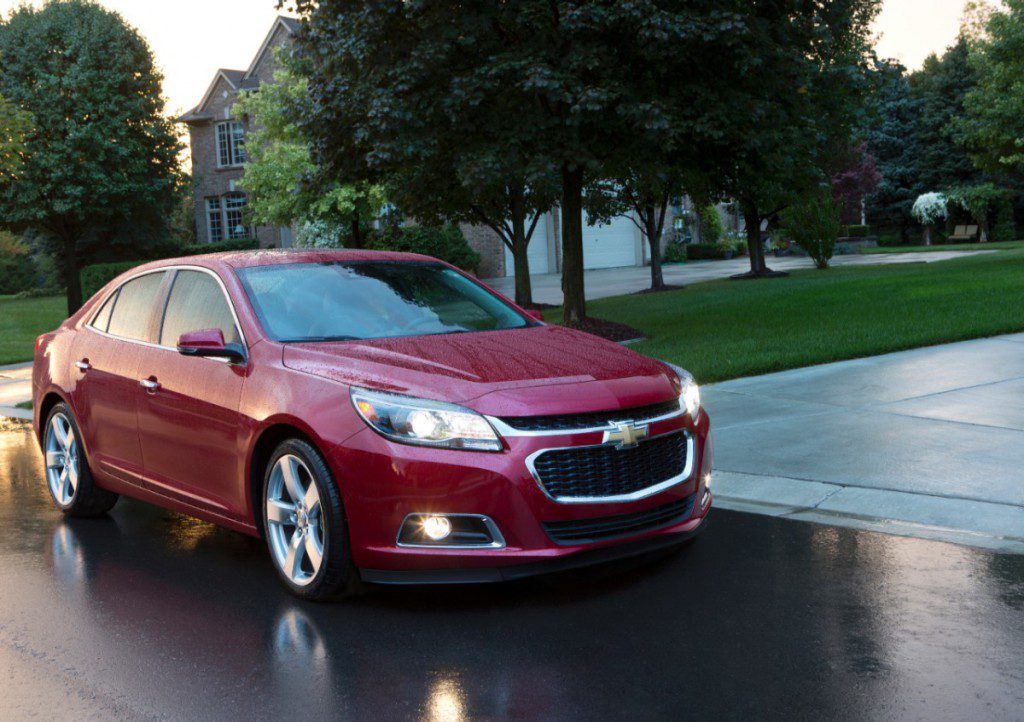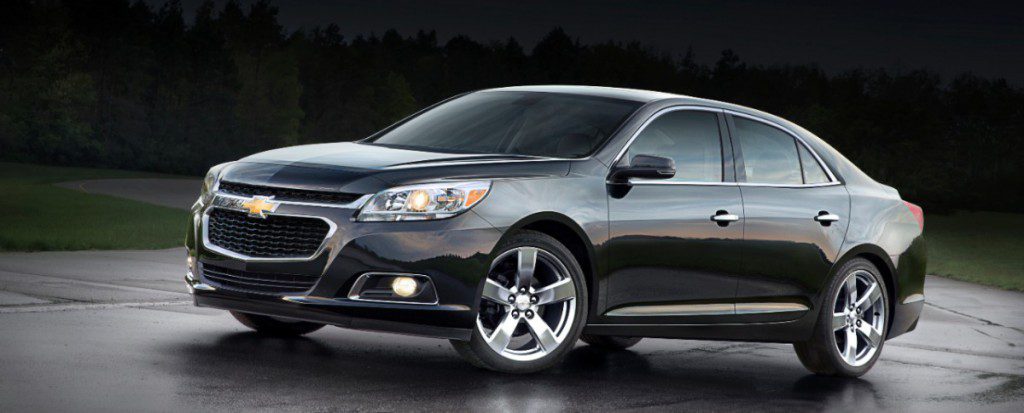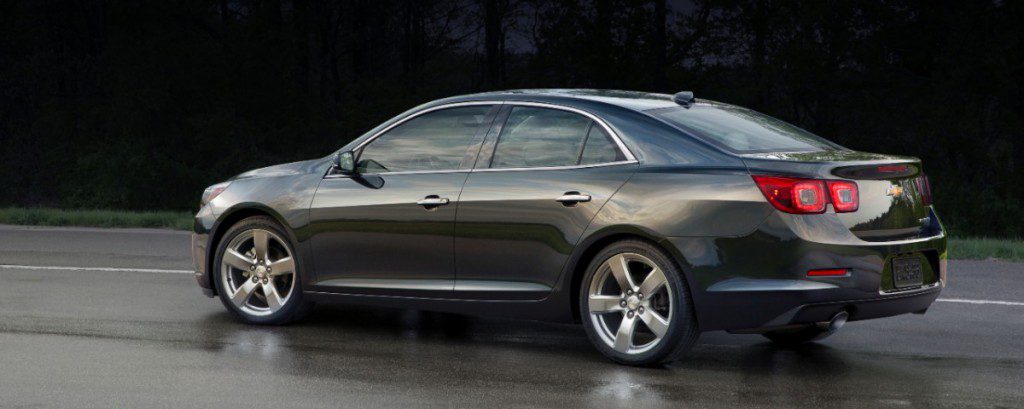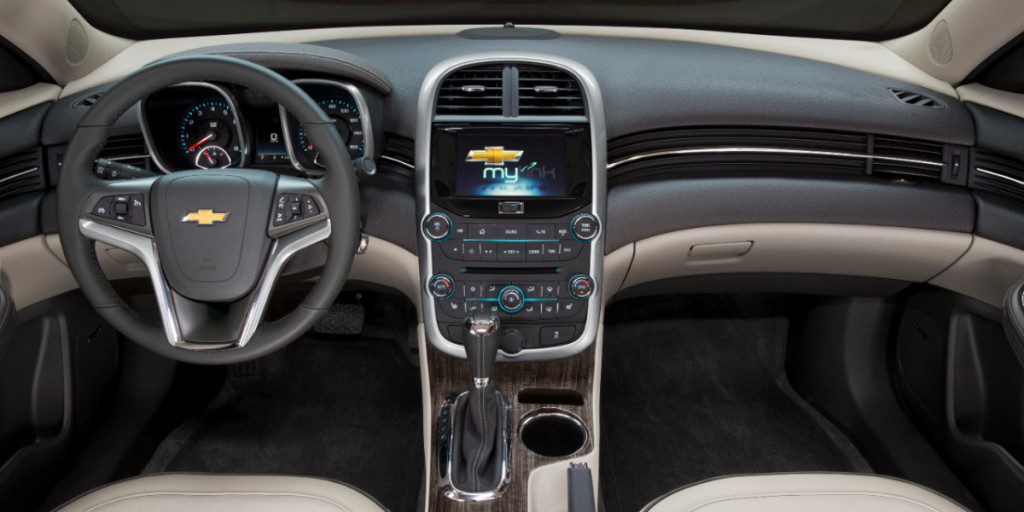| Midsize car; Built in USA |
|
|
| Good condition price range: $9,800 – $19,800* |

2014 Chevrolet Malibu

2014 Chevrolet Malibu

2014 Chevrolet Malibu

2014 Chevrolet Malibu
| Pros: |
|
| Cons: |
|
The Malibu is dynamically as good or better than most competitors, and it ranks at or near the top of the class for ride quality, refinement, quietness, and interior design. Weak spots include rear legroom, and trunk space in Eco models because of the space occupied by the eAssist system’s battery pack. Also, Eco’s EPA numbers barely beat those of some regular gas-powered competitors and don’t come close to matching those of most rival hybrids or diesels. Malibus with the smooth 2.5-liter engine deliver decent performance and extra trunk space at lower cost, with the added opportunity to go a little lower (LS) or higher (LTZ) in equipment levels as buyers’ budgets allow. The very refined turbo adds substantial muscle but doesn’t feel appreciably sportier than the other models. Of the various Malibus, our nod goes to the 2.5-liter model. Overall, this car is a solid effort, but it faces a class full of strong competitors. Malibu deserves a serious look, but be sure to check out the other midsize sedans too.
Overview
Malibu, Chevrolet’s mainstream midsize sedan, was redesigned for 2013. Also redesigned that year, were three of its main rivals–the Ford Fusion, Honda Accord~Sedan, and Nissan Altima. Other competition for the American-made Malibu includes the Hyundai Sonata, Kia Optima, and Toyota Camry.
The redesigned 2013 Malibu was about the same overall length as its 2008-2012 predecessor, but it was 2 inches wider. Wheelbase shrank 4.5 inches from the previous Malibu, which may help explain why the new car had a bit less front and rear seat legroom than the car it replaced.
Malibu got freshened styling, along with new engines and new features. New was the Malibu “Eco,” which employed a gas/electric drivetrain as well as a performance-oriented Turbo model. Both the Eco and Turbo were available in two trim levels.
The Malibu LS, LT, and LTZ came with a brand new 2.5-liter 4-cylinder engine with 197 horsepower. The Eco paired a 2.4-liter gasoline 4-cylinder engine with a battery-powered electric motor for a combined 182 horsepower. Unlike many hybrids, the Eco was incapable of running solely on the battery. GM’s “eAssist” system shut the gas engine off at a stop and instantly restarted it when the driver released his or her foot from the brake pedal.
The 3LT and 2LTZ used a new 259-horsepower 2.0-liter turbocharged 4-cylinder engine. The previously available V6 engine was discontinued.
All Malibus were front-wheel drive and had a 6-speed automatic transmission.
The Chevrolet Malibu had a standard complement of expected and federally mandated safety features. Lane-departure warning and forward-collision alert were optional.
Yearly Updates
| 2014 Malibu For 2014, rear knee room was said to have been increased by 1.25 inches. An “eAssist” system, that shut the engine off at a stop and instantly restarted it when the driver released the brake pedal, was added to the 2.5-liter engine. Blind-spot alert and rear cross traffic alert were newly available safety features. Also, front styling was revised. |
| 2015 Malibu After its redesign for 2013 and a significant freshening for 2014, the Chevrolet Malibu saw just one change of note for 2015: the addition of 4G LTE Internet connectivity with a Wi-Fi hotspot to the OnStar communications system. Malibu was redesigned for 2016. |
